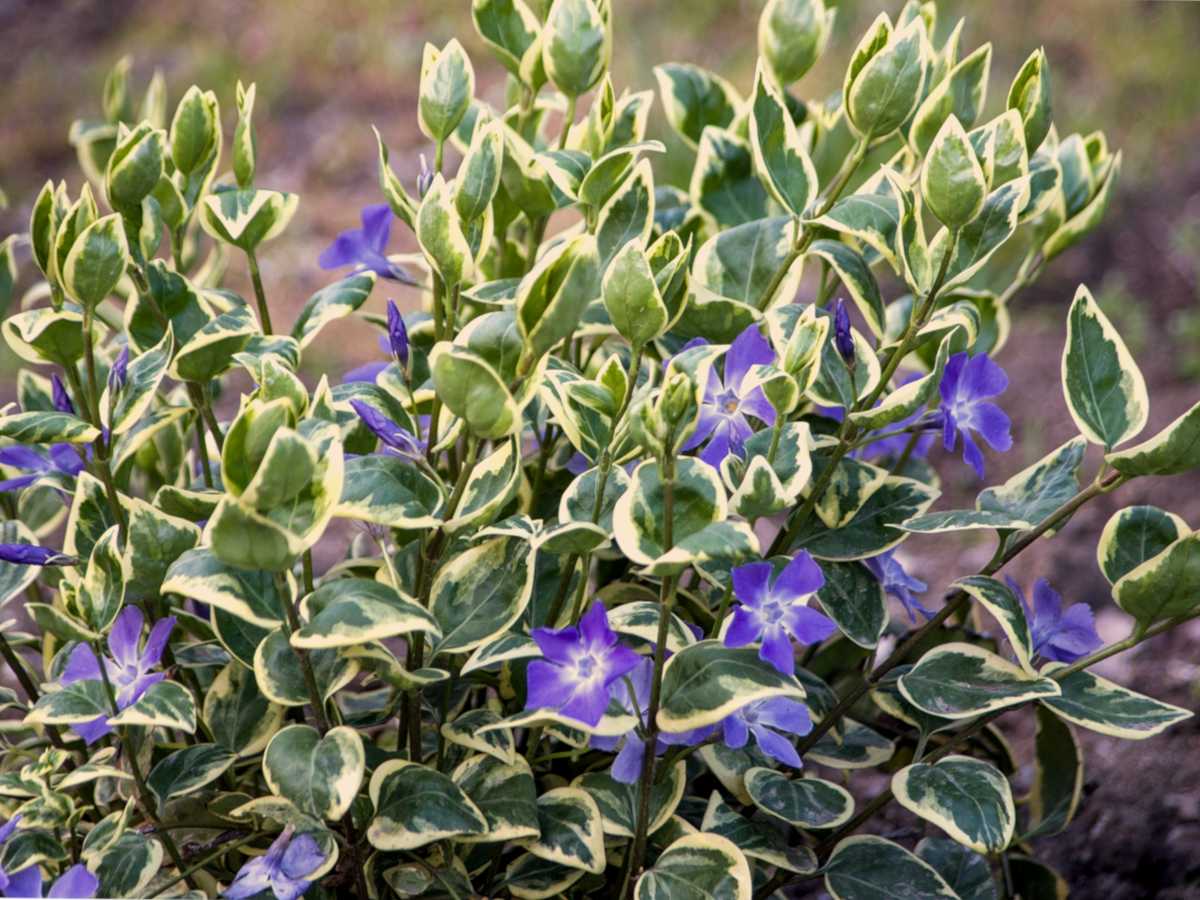How To Grow And Care For A Vinca Plant
Vinca plant, also known as periwinkle, is a flowering plant that is easy to care for and brings a pop of color to any garden or indoor space. It is a low-maintenance plant that is perfect for those who don't have the time or experience to care for high-maintenance plants. In this post, we will go over everything you need to know about caring for your vinca plant. First, let's take a look at the Plant Attributes of the vinca plant. Vinca plants are native to Madagascar and have a sprawling growth habit. They are available in a variety of colors such as pink, purple, white, and red. They can grow up to 18 inches tall and 24 inches wide. They thrive in full sun or partial shade and are hardy in zones 4-9. Moving on to Plant Care, vinca plants are low-maintenance and require very little care. They prefer well-draining soils and do not tolerate wet conditions. Make sure to water them regularly during the growing season, but be careful not to overwater them. Use a balanced fertilizer in the spring to help promote healthy growth. When it comes to Pruning, vinca plants should be pruned in the spring to remove any dead or damaged foliage. Pinch back the tips of the plant to promote bushier growth. Next up is Propagation. Vinca plants can be propagated by taking stem cuttings in the summer. Place the cuttings in a well-draining soil mix, water regularly, and keep them in a warm, sunny location. After a few weeks, they should develop roots and can be transplanted into their own pots. Potting & Repotting is also an important aspect of caring for your vinca plant. When repotting, make sure to use a well-draining soil mix and a pot that is slightly larger than the current one. Vinca plants prefer to be slightly root-bound, so there is no need to go up too many pot sizes. Repotting every 2-3 years should be sufficient. Moving on to Commons Pests & Plant Disease. Vinca plants are generally pest and disease-free, but they can be susceptible to crown rot, leaf spot, and powdery mildew. Make sure to keep the soil well-draining, avoid overhead watering, and make sure there is adequate air circulation around the plant. If you notice any signs of disease, remove the affected foliage immediately. Lastly, let's discuss Common Problems that vinca plant owners may encounter. One issue that can arise is a lack of flowering. This can be caused by too much nitrogen in the soil, a lack of sunlight, or overwatering. Make sure to provide adequate sunlight and use a balanced fertilizer to help promote flowering. Another issue that can occur is yellowing foliage. This can be caused by overwatering or poor soil drainage. Make sure to allow the soil to dry out slightly between waterings and use a well-draining soil mix. In conclusion, vinca plants are low-maintenance and easy to care for. They bring a pop of color to any garden or indoor space and are perfect for those who don't have the time or experience to care for high-maintenance plants. By following the tips outlined in this post, you can enjoy your vinca plant for years to come. 



www.nature-and-garden.com

www.youtube.com

howtocareis.blogspot.com
Post a Comment for "How To Grow And Care For A Vinca Plant"